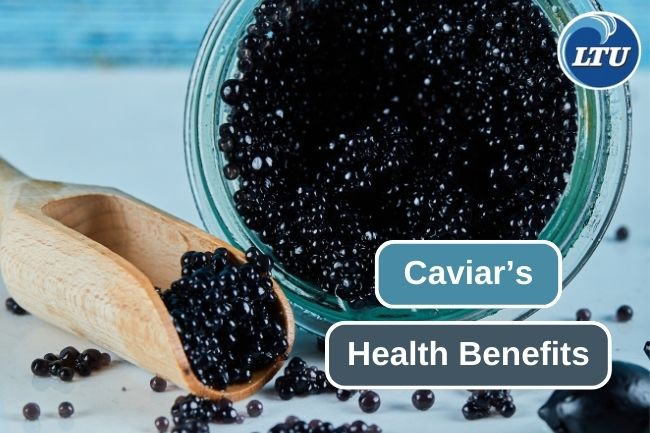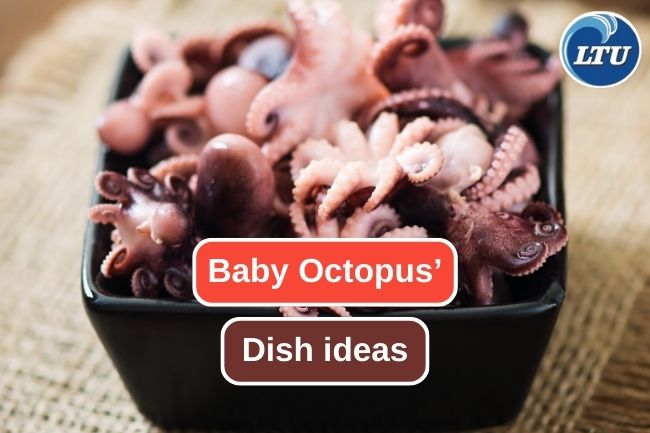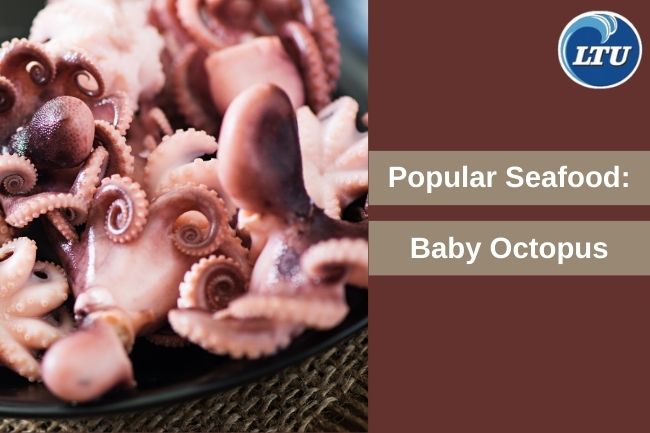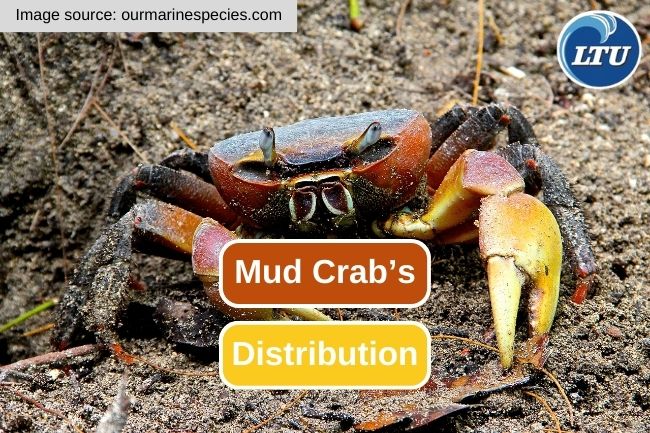This Is The 5 Stages Of Lobster’s Life
By. Nevanda - 28 Jun 2023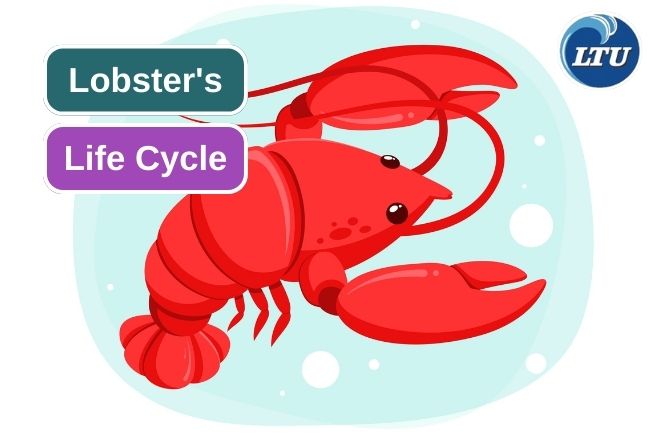
lauttimur.com - The lobster life cycle may vary slightly depending on the species. Some lobster species may have additional stages, such as a juvenile phase before reaching adulthood. Additionally, factors such as water temperature, food availability, and the environment can influence the lobster's life cycle.
But in general, the life cycle of a lobster involves several stages that are commonly found in the lives of crustacean animals. Here are the general life cycle stages of a lobster:
Read also: Keto Diet Recipe Idea: Salmon with Lemon Butter Sauce
1. Eggs
The lobster life cycle begins when a female releases eggs. Female lobsters typically carry the eggs under their tails in a structure called an "eggs mass" or "berried". The eggs will hatch after several weeks or months, depending on the lobster species.
2. Larvae
After hatching, lobster larvae, known as "early-stage larvae," are released into the water. These larvae have a different appearance from adult lobsters. They are extremely small in size and have numerous appendages, such as swimmerets, to help them swim in the water. The early-stage larvae will undergo a series of shape changes and molting as they grow.
3. Postlarvae
After multiple molting events, the lobster larvae develop into postlarvae or "lobster fry." At this stage, they have a closer resemblance to adult lobsters but are still smaller in size. Lobster fry typically inhabit the ocean floor and seek shelter among coral reefs or other protective structures to avoid predators.
Read also: Dashi: The Authentic Japanese Flavor
4. Young Lobsters
After several years of living as fry, young lobsters continue to grow and molt regularly to support their growth. They start to venture out from their sheltered habitats and become more active in foraging. During this stage, young lobsters begin to develop the characteristic traits of their species, such as strong claws.
5. Adult Lobsters
Upon reaching adulthood, lobsters continue to grow but at a slower rate. They attain larger body size and their claws become more robust. Adult lobsters spend most of their time foraging on the ocean floor, although they have the ability to move swiftly using their appendages. They will continue to undergo molting throughout their lives.



